My mother is not a seamstress. She owns one pin cushion, and it does not see the light of day very often. She may be in the minority; however, as sewing is a very popular craft among thousands, and pin cushions are essential parts of it.
Pin cushions date back in recorded history to the 16th century, and they’ve been used in various forms ever since. Pins used to be rare commodities, hard to come by and valuable too. Initially, they were kept in small cases of wood, ivory, or metal. With the rise of the industrial revolution, however, pins became much easier to access, and so the need to keep them securely stored away became less of an issue. It was around this time that pin cushions really came into their own, with unique designs and styles. Silver pin cushions became especially popular.
Popular designs included fruits, vegetables, shoes, pigs, and chicks. During the Victorian era, pin cushions were a collectable item, with the size and grandeur of the collection being an indicator of a woman’s social status.
It was out of a longing for these designs [the chick in particular, beautiful freak that he is that I asked myself: whatever happened to the art of pin cushions? Antique pin cushions had so much craft to them, and – from my experiences – modern pin cushions don’t share the same intricate beauty.
It should be remembered though that my only experiences of pin cushions are through my aforementioned mother. I recall my mother’s pin cushion looking something like an unloved, furry tomato in a rusting, decades-old celebrations box. It is not the only one of its kind, I have learned, as tomato-shaped pin cushions are very popular, and for good reason.

In the Victorian era – when tomato-shaped pin cushions first came to be – it was frequent practice to place a tomato on the mantel of a new house. Folklore of the time suggested that this would repel evil spirits and guarantee prosperity. Tomatoes aren’t in season year-round, however, and so people improvised with tomato stand-ins; red fabric, shaped after the ‘lucky’ fruit, was stuffed with sawdust and placed on the mantel. These faux tomatoes provided a secondary use as a very handy place to store pins, and since that time, tomato-shaped pin cushions have been exceedingly popular. A nifty bonus is the strawberry attached, usually filled with emery powder for cleaning and sharpening pins.
More sewing accessories came into play during the Victorian period, and design was never lacking. Just check out these beautiful ribbon pullers, crafted after a tall and detailed bird.
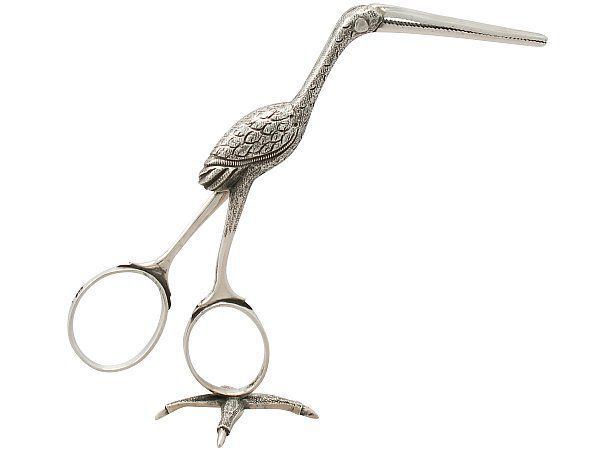
Pin cushions became more avian too, with the invention of the sewing clamp, commonly called a sewing bird. This was a metal clamp that would be affixed to the sewing table, with a bird on top that acted as a clamp. Squeezing the bird’s tail would cause its beak to open, ready for holding fabrics taut while a lady sews. It wasn’t long until pin cushions were incorporated to this design, and the sewing birds had pin cushions affixed to their backs, or underneath them.
Pin cushion design was still going strong well into the early 20th Century, and a very popular form of pin cushion was the pin cushion doll. The top is a model – often ceramic – of a woman, usually wearing the top half of a large dress, with several holes along the bottom of the base. A pin cushion, shaped and sized to be a skirt and bustle, is then sewn onto the bottom of the ceramic upper half, and there you have it, a surprisingly beautiful and intricate pin cushion.
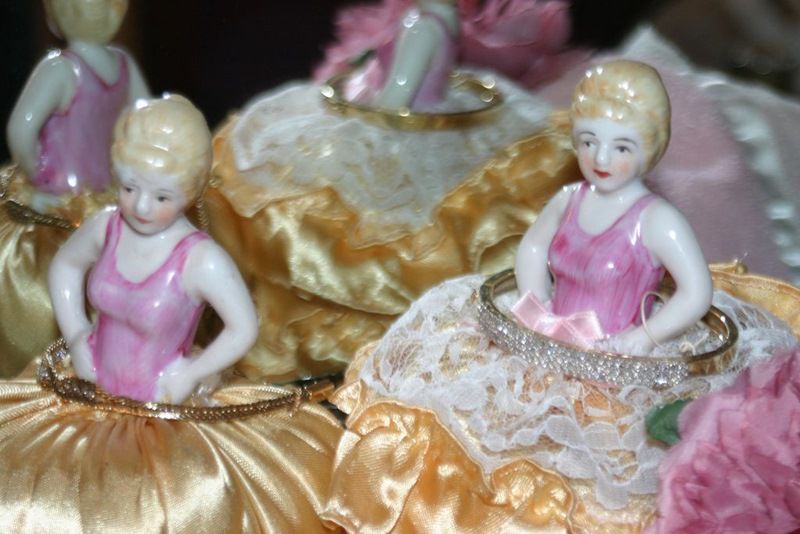
So, where does that leave pin cushions of the present? Well, when I set out on this journey, I believed they’d all be forgotten fur-balls like my mother’s. I must say though, I am very pleasantly surprised with the care that still goes into them.
They may not be the silver splendors of the Victorian period, but they’re still beautiful and collectable in their own right.
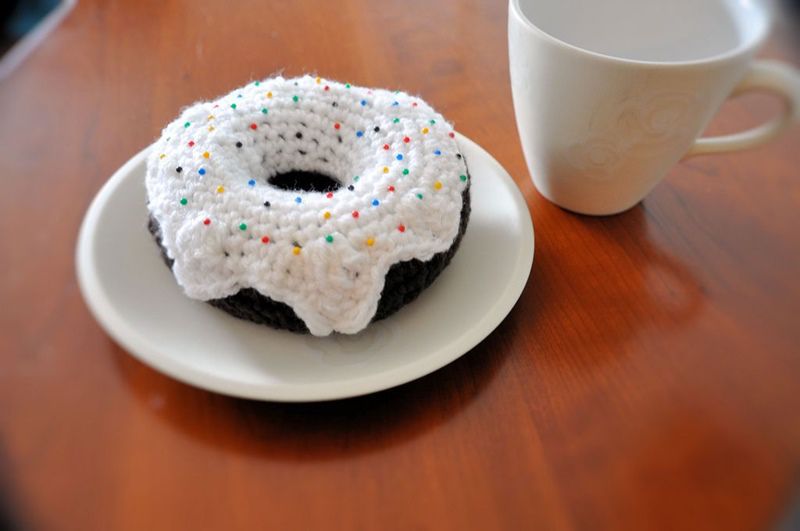
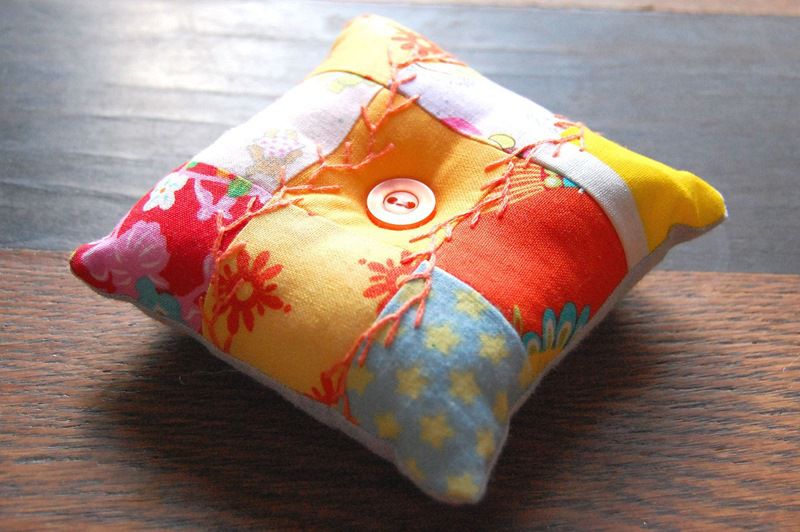





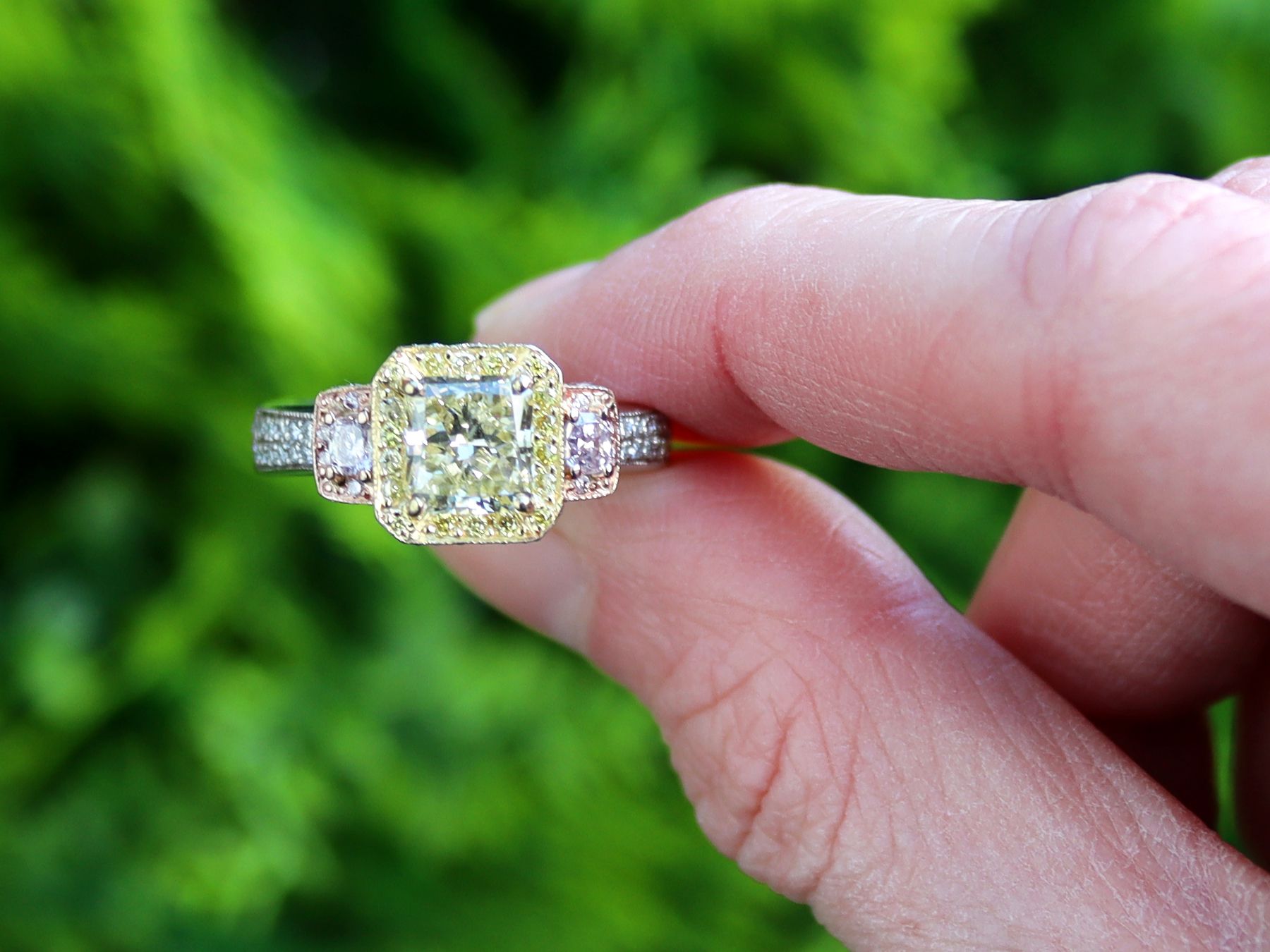


2 Responses
My friend and I have been pondering the tomato pin cushion. You answered a LOT of questions! Thank you!
A friend made me one to put on the lamp filled with wax shavings , wool yarn and thread clippings the outside was felt.